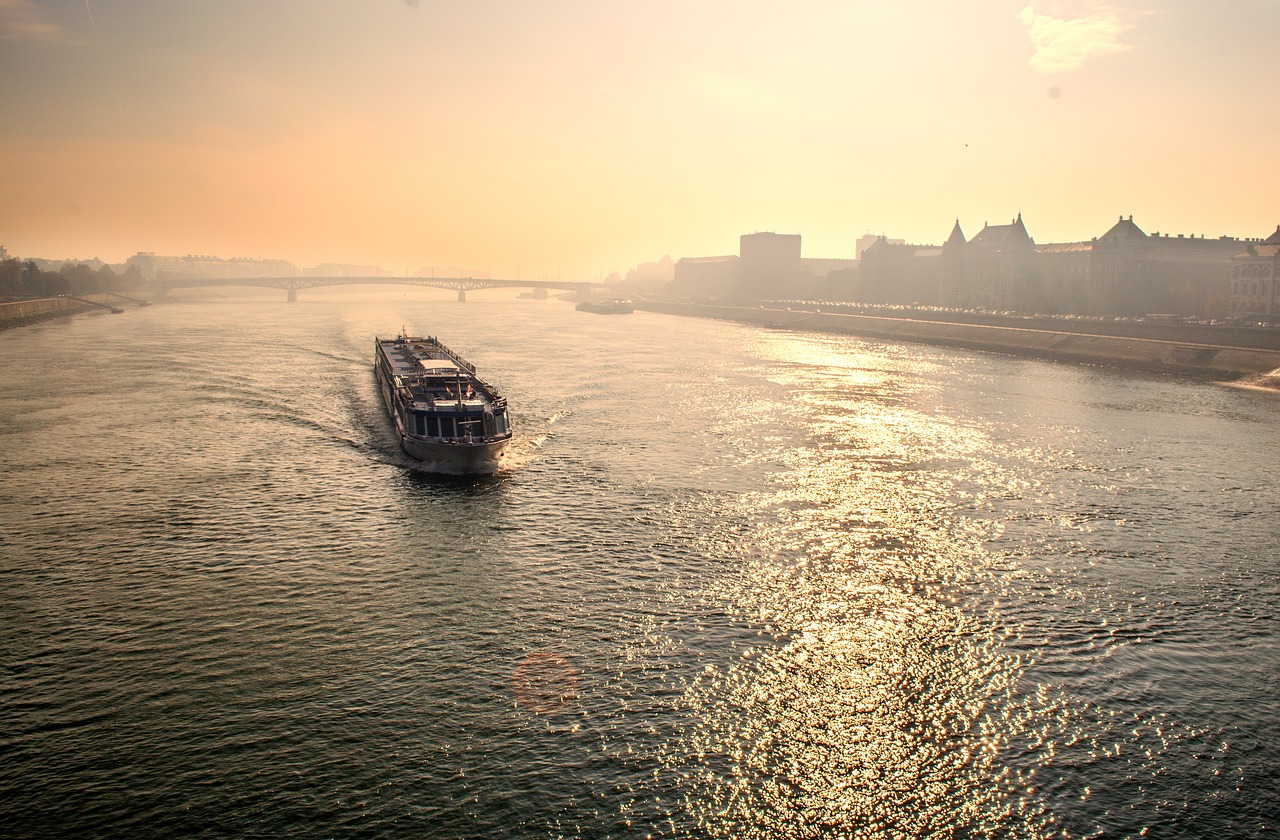A newly built ferry, the Spirit of Tasmania IV, is set to be stored in Edinburgh due to a significant setback concerning its operational infrastructure. Measuring 212 meters in length, the ferry cannot dock at the current berths in Devonport, Australia. Constructed at a shipyard in Finland, it must be relocated before winter to avoid potential damage from pack ice.
The necessary facility to accommodate this vessel in Tasmania is not expected to be completed until late 2026 or 2027. This ferry, along with its sister ship Spirit of Tasmania V, which is still under construction, was initially hailed as a transformative asset for Tasmania’s tourism sector. However, a series of construction delays, budget overruns, and challenges related to upgrading the existing infrastructure have turned this situation into a major political controversy for the state.
Local Australian media have labeled the situation as a “fiasco” and “debacle,” with opposition leader Dean Winter describing it as the most significant infrastructure blunder in the region’s history. Both TT-Line, the ferry operator, and TasPorts, which manages port operations, are state-owned entities. This crisis has led to the resignations of key figures such as infrastructure minister Michael Ferguson and TT-Line chairman Mike Grainger.
Recent updates indicate that the berth intended for Devonport, originally scheduled for completion by August 2024, will now not be ready until at least October 2026. Bernard Dwyer, CEO of TT-Line, emphasized the urgency of relocating Spirit of Tasmania IV due to anticipated pack ice conditions in Rauma by late November. He stated that moving the vessel to Leith would provide safer conditions than those expected in Finland.
Dwyer mentioned that considerations were being made about leasing the ferry; however, additional work would be needed before this could occur since the original contract required specific fittings to be finalized in Australia. The large size of these vessels also limits their usability in Scotland despite CalMac’s need for new ferries.
This situation mirrors Scotland’s recent “ferries fiasco,” where CMAL ordered vessels too large for current infrastructure. The LNG dual-fuel ships Glen Sannox and Glen Rosa are currently being built but face similar challenges due to delays in necessary port redevelopment work. As a result of these ongoing issues, they will initially operate from Troon instead of Ardrossan, resulting in longer travel times and fewer daily sailings without adequate refueling facilities for LNG.


